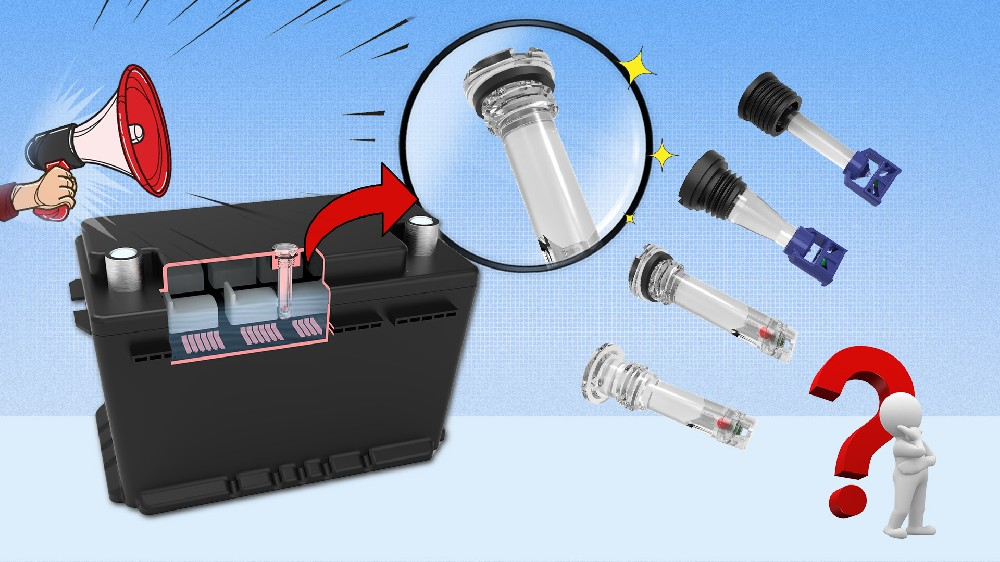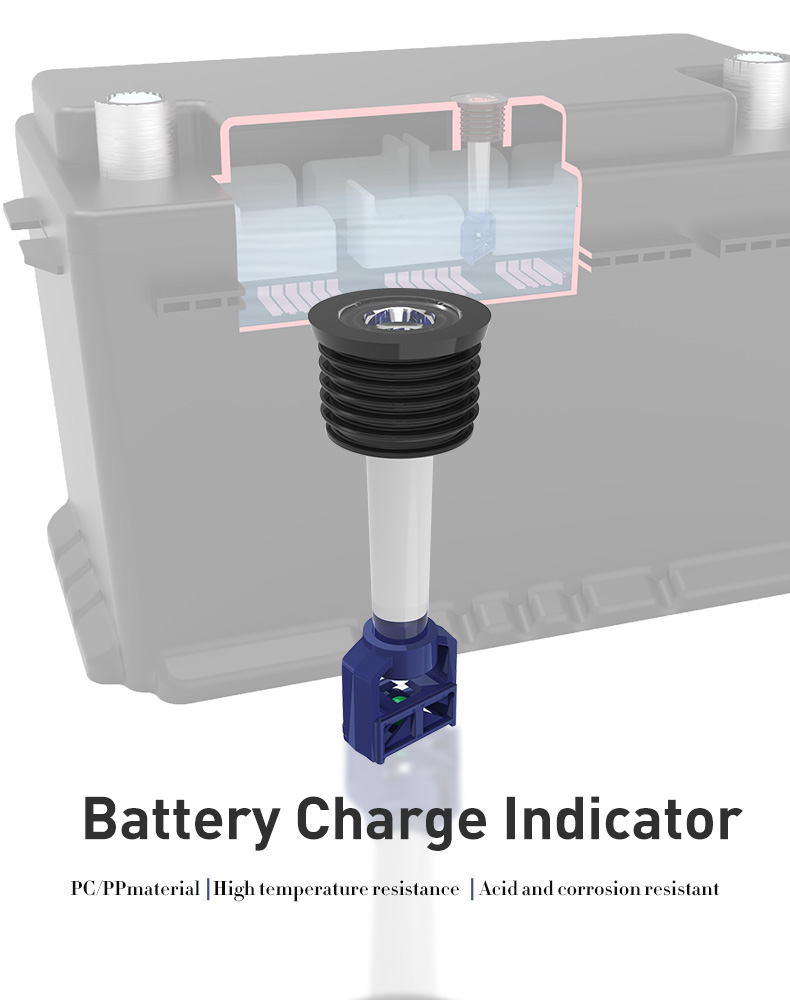欢迎您访问湖北联鸿能源科技有限公司网站,我司主营汽车蓄电池配件、工业蓄电池维护保养产品
全国咨询热线:0710-3313598


 Technology
TechnologyHow do batteries survive the winter, this vehicle battery maintenance guide to help you figure it out
The vehicle battery is one of the key components necessary for the normal operation of the vehicle, and the correct maintenance can extend the service life of the battery and improve the reliability and performance of the vehicle.
In the cold winter, the battery has become one of the key factors for the normal operation of the vehicle. Low temperature will not only reduce the charge storage capacity of the battery, but also affect the starting performance of the vehicle and the operation of the electrical system.
Therefore, proper battery winter maintenance is essential to ensure that the vehicle is always in a healthy state.
The effect of temperature and battery level
First, let's look at the effect of temperature on vehicle starting.
The optimum starting temperature for the vehicle is 27°C. When the temperature drops to 0°C, even a fully charged battery has lost about a third of its power.
The cold weather also means that more energy is needed to start the engine, creating the double effect of less available electricity and more load.
Next, look at the effect of battery power on the freezing point of the battery solution.
It can be clearly seen from the table below that when the battery charge is reduced to 40%, the freezing point of the electrolyte is -21°C.
If it is winter in Harbin, at this time, your electrolyte has frozen. The frozen electrolytic liquid will expand, which is easy to crack the battery shell or cause the battery shell to bulge.
So friends in the north, whether you use or store batteries in winter, you must control the battery power! Long-term storage should also regularly recharge the battery to prevent the electrolyte from freezing and causing damage to the battery.

In order to make the vehicle run better in winter, this issue summarizes some precautions for the use of winter batteries for your reference.
1. Keep charging state:
In winter, due to the low temperature, the self-discharge speed of the battery will be accelerated, resulting in charge loss. In order to prevent the battery from losing charge, it is recommended to start the vehicle engine regularly and maintain sufficient driving time for the generator to charge the battery.
If you do not use the vehicle for a long time, you can consider using an external charger for regular charging to ensure that the battery maintains sufficient power.
2. prevent battery freezing:
The low temperature environment easily causes the battery liquid to freeze, which damages the battery shell and internal structure. To prevent the battery from freezing, park the vehicle indoors or use a battery heater.
In addition, ensuring that the battery maintains sufficient power is also an effective way to prevent the battery from freezing.
3. cleaning and insulation:
Ensure that the battery surface is clean and free of corrosion or dirt. Corrosion affects the battery's conductivity and accelerates the corrosion process.
Use a mild alkaline solution to gently clean the battery shell, and ensure that the battery terminal and the connection line are well insulated to avoid current leakage.
4. Pay attention to startup performance:
Winter is one of the most common seasons for battery startup problems. If you hear the sound of slow rotation or difficulty starting at the start, it may be that the battery is insufficient.
In this case, timely charging or replacement of the battery to ensure that the vehicle can always start reliably.
5. Check the battery health regularly:
Before winter, it is important to check the health of the battery regularly. The status of the battery can be assessed by the battery status indicator or by using the battery tester. If the battery has aged or its performance has declined, it is best to replace it before the onset of winter to avoid unexpected failures.

Tips:
Check the battery status indicator (commonly known as the eye) color, or battery voltage: (see the figure above)
When the electric eye displays green and the voltage is ≥12.45V, it means that the battery is sufficient and the car can be started normally.
If the electric eye displays black or the voltage is less than or equal to 12.45V, the battery is low. The battery needs to be powered on.
If the electric eye is white, the battery is discarded and needs to be replaced.
6. Preventive measures:
Prepare batteries for winter maintenance in advance.
This includes checking the health of the battery, determining if an aging battery needs to be replaced, and purchasing some emergency starting equipment, such as a portable charger or starting power supply, in case you need it.
7. Avoid frequent short trips:
In winter, frequent short trips can lead to insufficient battery charging. Starting a vehicle requires a lot of electricity, but short trips may not be enough to fully charge the battery.
If short trips cannot be avoided, consider using an external charger for supplementary charging regularly.
The battery is the core component of the normal operation of the vehicle, and winter maintenance is particularly important. By keeping the batteries charged, preventing freezing, keeping them clean and insulated, paying attention to starting performance, and taking precautions, we can ensure that the batteries are always in top condition during the cold winter months, guaranteeing vehicle reliability and safety.